Retro Replay Review
Gameplay
The Longest Journey employs a classic third-person point-and-click interface that feels both intuitive and lovingly detailed. Players guide April Ryan through intricately rendered environments, clicking to examine objects, pick up inventory items, and engage in dialogue with richly drawn characters. The controls are responsive, with on-screen cursors changing contextually to indicate actions like “Look,” “Talk,” “Use,” and “Pick Up,” streamlining exploration and puzzle-solving.
(HEY YOU!! We hope you enjoy! We try not to run ads. So basically, this is a very expensive hobby running this site. Please consider joining us for updates, forums, and more. Network w/ us to make some cash or friends while retro gaming, and you can win some free retro games for posting. Okay, carry on 👍)
Puzzles in the game lean heavily on inventory management and logical sequencing—combining odd items in creative ways, deciphering cryptic clues, and using April’s dual-world shifting ability to progress. While some challenges can feel obtuse by modern standards, the game always provides subtle hints through April’s diary entries and conversation log, preventing players from becoming hopelessly stuck. The shifting mechanic between Stark and Arcadia adds an extra layer of depth, forcing players to reconsider familiar locations in entirely new magical or technological contexts.
Dialogue is another keystone of the gameplay experience. Multiple-choice conversations influence how characters react to April, occasionally opening new pathways or quest options. The pacing is steady, with investigative segments interspersed by more contemplative moments, giving players time to absorb April’s world. Auto-save points are generous, and manual saves offer freedom to experiment without fearing lost progress.
The game’s built-in diary and conversation log serve as invaluable tools, automatically recording key plot points and dialogue excerpts. These features reduce the need for external note-taking and keep the narrative flowing smoothly. Overall, the gameplay excels at blending storytelling with puzzle mechanics, delivering a satisfying challenge for veteran adventure fans and newcomers alike.
Graphics
The Longest Journey’s visuals are anchored by richly detailed, pre-rendered backgrounds that evoke a sense of scale and atmosphere. From Newport’s bustling streets and neon-lit alleys to the hauntingly beautiful landscapes of Arcadia, every location feels handcrafted and alive. The use of fixed camera angles heightens dramatic tension, framing each scene like a carefully composed painting.
Character models are rendered in 3D and animated poignantly, with April’s expressive features and fluid movements breathing life into even the smallest interactions. While polygon counts are modest by today’s standards, the art direction ensures each character feels distinctive, and subtle facial animations convey emotion effectively during key dialogue exchanges.
Transitions between Stark and Arcadia are particularly striking: a shift in color palette, ambient lighting, and particle effects underscores the contrast between cold technology and warm magic. The game’s visual identity remains cohesive throughout its lengthy runtime, and though occasional texture blur or aliasing may appear, the overall graphical presentation holds up remarkably well for its age.
Story
At the heart of The Longest Journey is April Ryan’s journey from struggling art student to world-saving heroine. Set in the year 2209, the story begins with vivid nightmares of a white dragon calling her “mother of the future,” then accelerates when the enigmatic Cortez confirms there is more to her dreams than mere figments of imagination. This inciting incident propels April into a sprawling quest across two parallel worlds—Stark and Arcadia—each with its own laws of nature and societal norms.
The dual-world premise is woven seamlessly into the narrative, with April’s ability to shift between realms serving both plot and puzzle mechanics. In Stark, she navigates a gritty metropolis driven by science and technology; in Arcadia, she explores a realm where magic shapes reality. This juxtaposition not only offers visual variety but also allows the story to explore themes of balance, discovery, and the interdependence of logic and wonder.
Supporting characters, from the cryptic Cortez to the resourceful mechanic Robert, are well-developed and memorable. Dialogue is sharp and often sprinkled with humor, giving moments of levity amidst darker revelations about fate, sacrifice, and free will. April’s personal growth is central to the story, as players witness her grapple with self-doubt, responsibility, and the consequences of her choices.
The narrative pacing is deliberate, with lengthy exploration and character-driven scenes that reward players invested in the lore. Cutscenes are used judiciously, enhancing key plot twists without disrupting the game’s immersive point-and-click flow. By the final act, the story’s emotional stakes feel earned, delivering a poignant conclusion that resonates long after the credits roll.
Overall Experience
The Longest Journey stands as a seminal title in the adventure genre, offering an experience that balances cerebral puzzles, deep narrative, and lush visuals. Its length—often clocking in at 15–20 hours for a first playthrough—allows ample time to become fully immersed in April’s world, yet the pacing rarely drags. Newcomers to classic adventures may find some puzzles challenging, but the game’s built-in journal features ensure frustration is kept to a minimum.
Audio design, including a sweeping musical score and professional voice acting, elevates the emotional weight of key scenes. Ambient soundscapes, from Arcadia’s mystical forests to Stark’s industrial hum, further enhance immersion. Technical performance remains solid on modern platforms, thanks to remastered editions that smooth out rough edges while preserving the original charm.
Ultimately, The Longest Journey is more than the sum of its parts: it’s a richly told odyssey about identity, purpose, and the interconnectedness of disparate worlds. For players seeking a narrative-driven adventure that challenges both mind and heart, this game remains a must-play classic, proving that well-crafted stories and thoughtful puzzles never go out of style.
 Retro Replay Retro Replay gaming reviews, news, emulation, geek stuff and more!
Retro Replay Retro Replay gaming reviews, news, emulation, geek stuff and more!
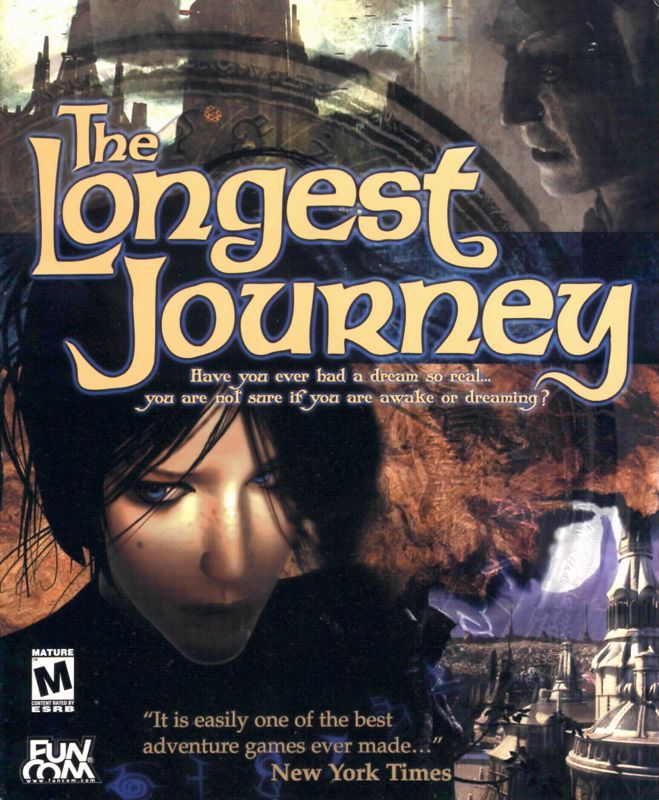
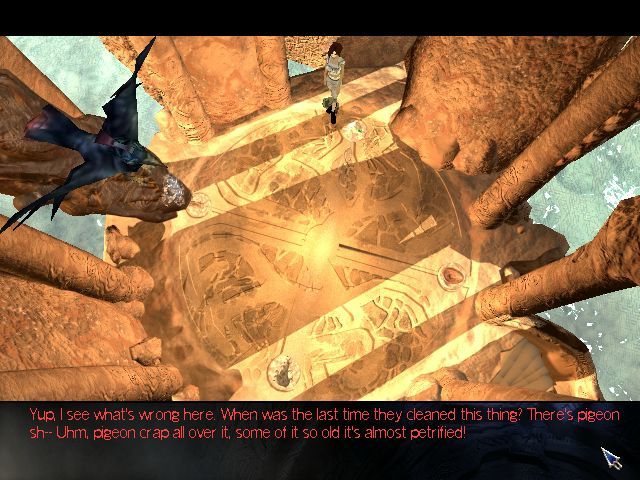
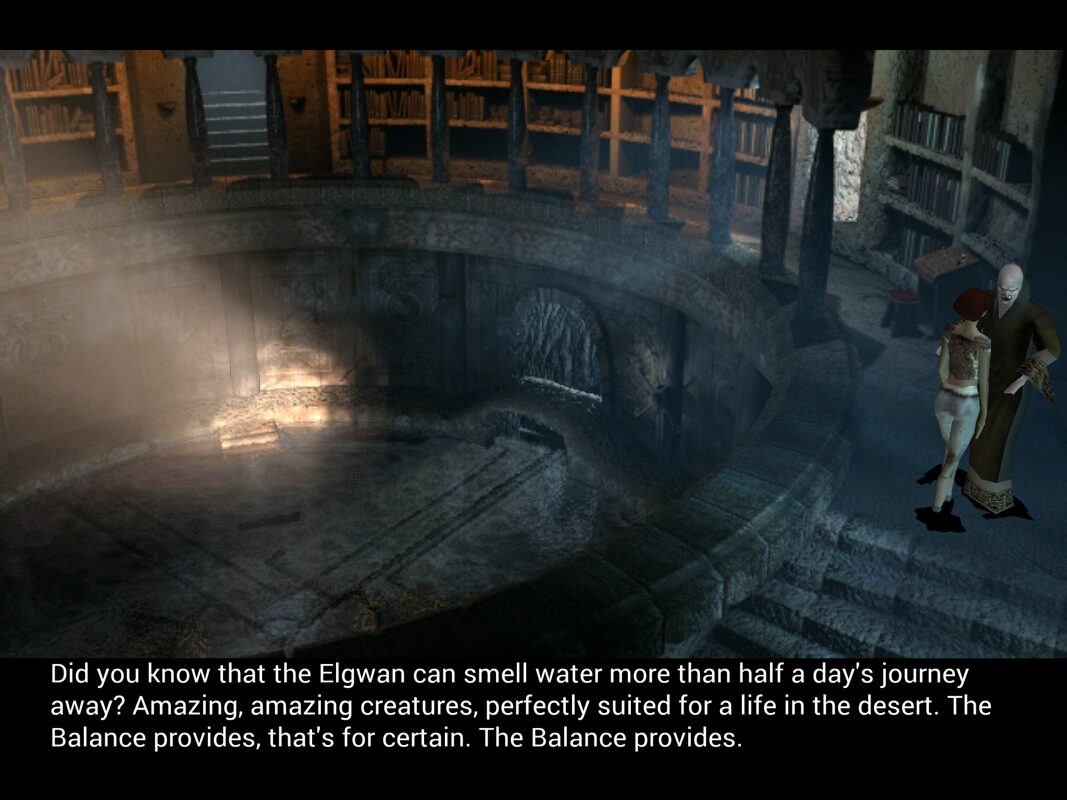

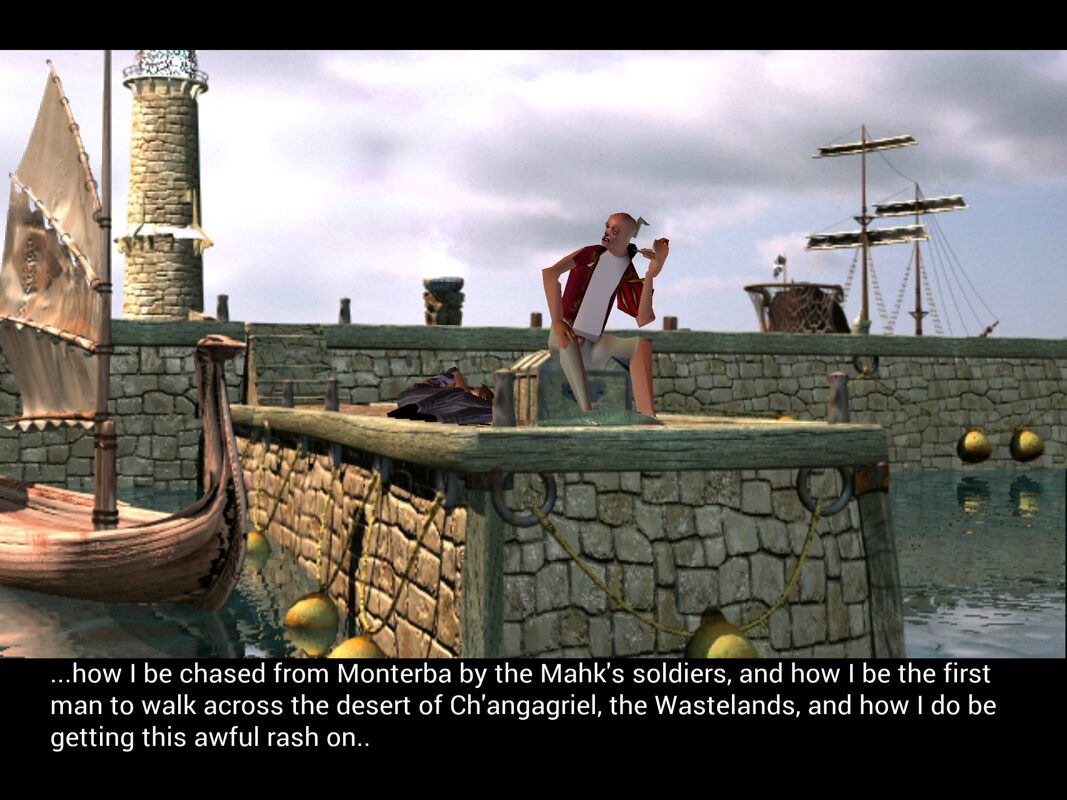
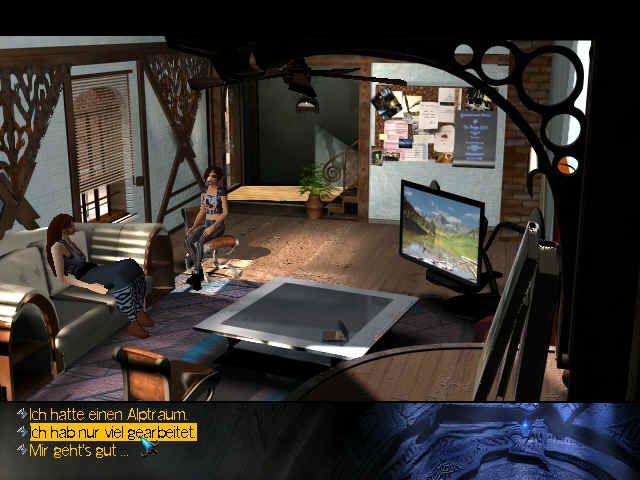



Reviews
There are no reviews yet.